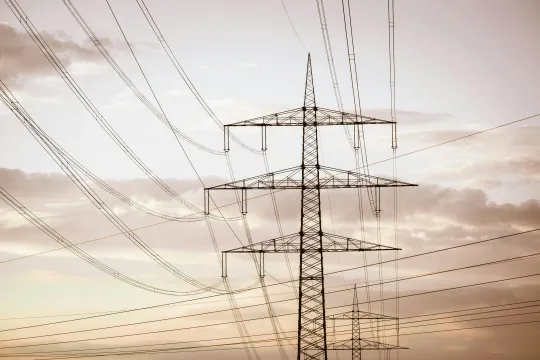Ten Strands is a California–based nonprofit established in 2012. Their mission is to strengthen the partnerships, strategies, and systems that advance environmental literacy, ensuring all California TK–12 students thrive in sustainable, resilient schools and engage in meaningful environmental learning experiences, both in and beyond the classroom. They operate with a small, diverse, and nimble staff and strategic partners throughout the state. Ten Strands utilizes the largest and most diverse institution in California—the public school system—to impact 58 county offices of education, more than 1,000 school districts, approximately 10,000 individual schools, over 300,000 teachers, and 5.8 million children.



-thumb.webp)